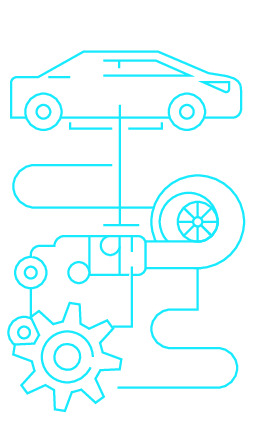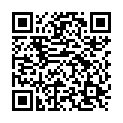|
|
|
| Module code: FT60 |
|
|
2V (2 hours per week) |
|
2 |
| Semester: 6 |
| Mandatory course: no |
Language of instruction:
German |
Assessment:
Oral examination
[updated 30.06.2025]
|
FT60 (P241-0302) Automotive Engineering, Bachelor, ASPO 01.10.2011
, semester 6, optional course, specialisation
FT60 (P241-0302) Automotive Engineering, Bachelor, ASPO 01.10.2015
, semester 6, optional course, specialisation, course inactive since 27.07.2017
FT60 (P241-0302) Automotive Engineering, Bachelor, ASPO 01.04.2016
, semester 6, optional course, specialisation, course inactive since 27.07.2017
FT60 (P241-0302) Automotive Engineering, Bachelor, ASPO 01.10.2019
, semester 6, optional course, specialisation, course inactive since 27.07.2017
|
30 class hours (= 22.5 clock hours) over a 15-week period.
The total student study time is 60 hours (equivalent to 2 ECTS credits).
There are therefore 37.5 hours available for class preparation and follow-up work and exam preparation.
|
Recommended prerequisites (modules):
FT08 Fundamentals of Electrical Engineering and Vehicle Electrical and Electronic Systems
FT24.2 Data Communication
[updated 11.05.2019]
|
Recommended as prerequisite for:
|
Module coordinator:
Prof. Dr. Hans-Werner Groh |
Lecturer:
Prof. Dr. Hans-Werner Groh
[updated 11.05.2019]
|
Learning outcomes:
After successfully completing this module, students will be familiar with and understand:
- the fundamental differences between low-frequency and high-frequency technology
- the phenomena of radio wave propagation (attenuation, reflection, multipath channel)
- the advantages of signal representation in the time and frequency domains and associated measurement technology
- special features of high-frequency signal processing and wired or wireless transmission
- the parameters essential for the respective radio application and the options for their optimization
[updated 30.06.2025]
|
Module content:
1. Introduction to high-frequency technology
2. Nyquist theorem
3. Noise and signal levels in a satellite transmission link
3. Radiation resistance, antenna shapes, and their equivalent circuits
4. Transmission line theory, wave impedance, reflection factors, S parameters
5. Analog modulation methods (AM, FM, PM) and their spectra
6. Digital modulation methods (QAM, QPSK)
7. Mobile radio channel
8. OFDM (DAB, DVB, WLAN) and CDMA
9. EMC
[updated 30.06.2025]
|
Teaching methods/Media:
- Lecture notes
- Small lab sessions integrated into the lecture for more in-depth learning
[updated 30.06.2025]
|
Recommended or required reading:
- Meinke, H.; Gundlach, F.: Taschenbuch der Hochfrequenztechnik, Springer, 2006
- Zinke, O.; Brunswig, H.: Hochfrequenztechnik I – Hochfrequenzfilter, Leitungen, Antennen, Springer, 2000
- Zinke, O.; Brunswig, H.: Hochfrequenztechnik II – Elektronik und Signalverarbeitung, Springer, 1999
[updated 30.06.2025]
|


